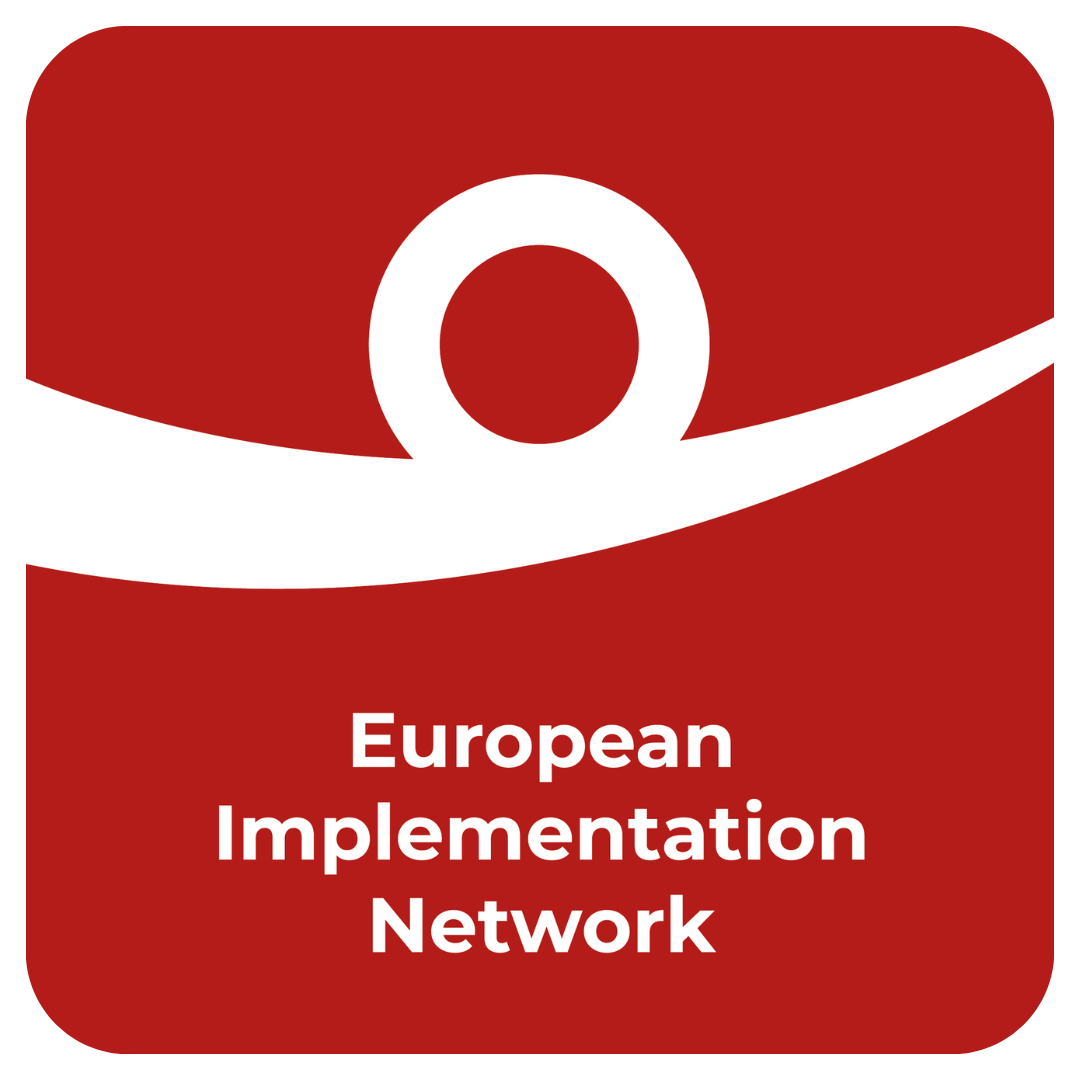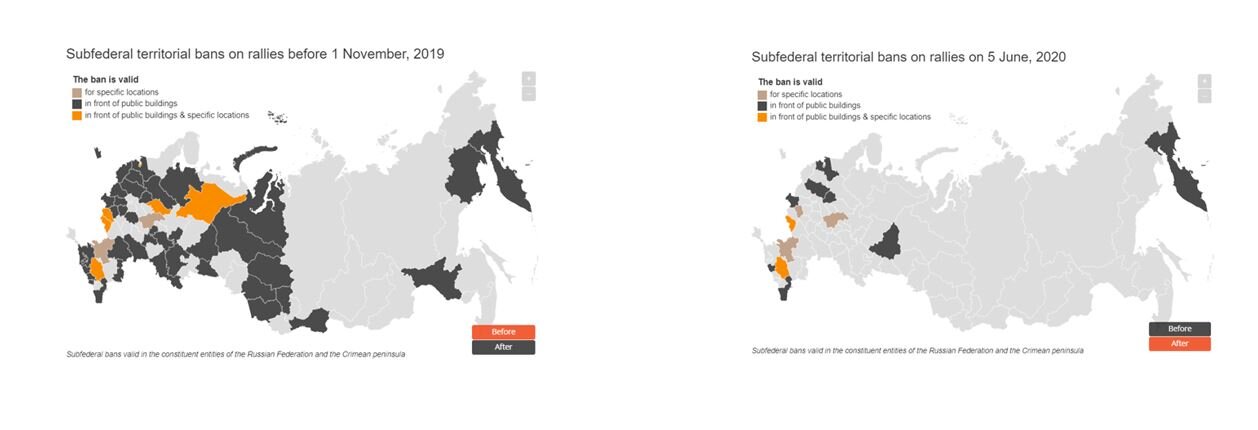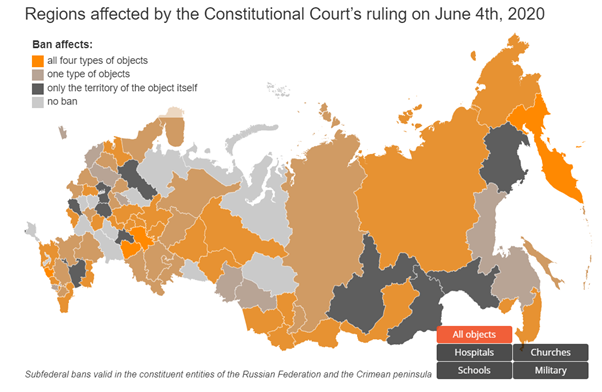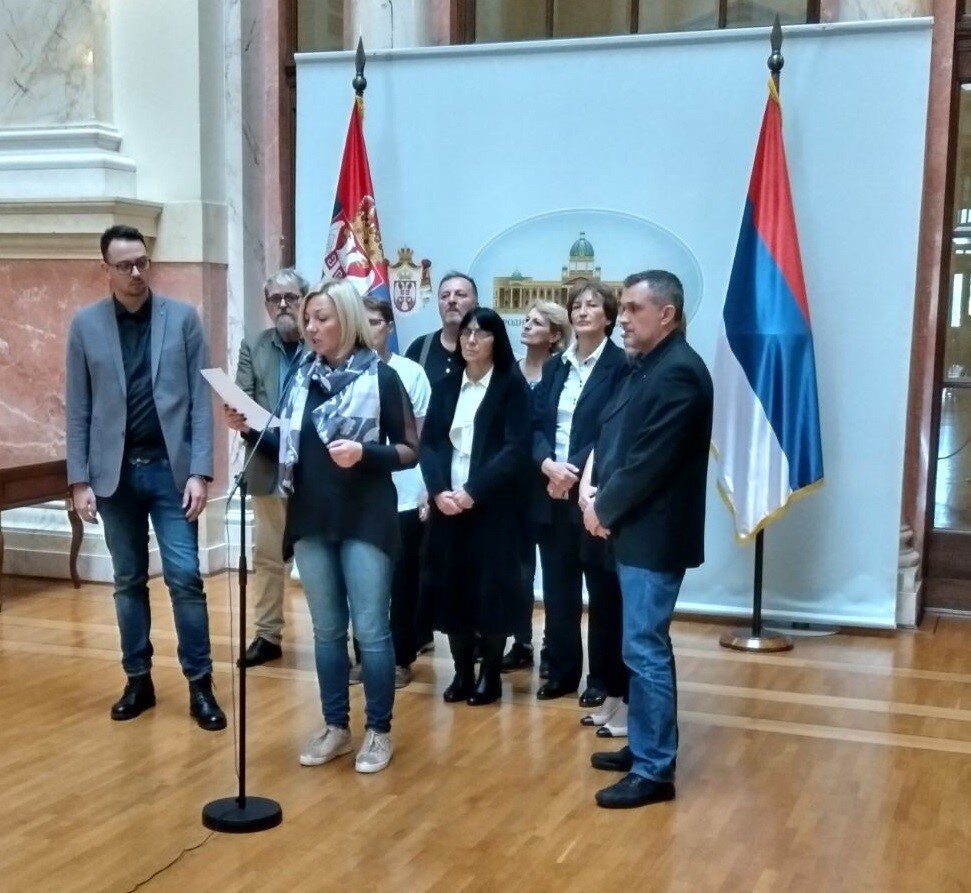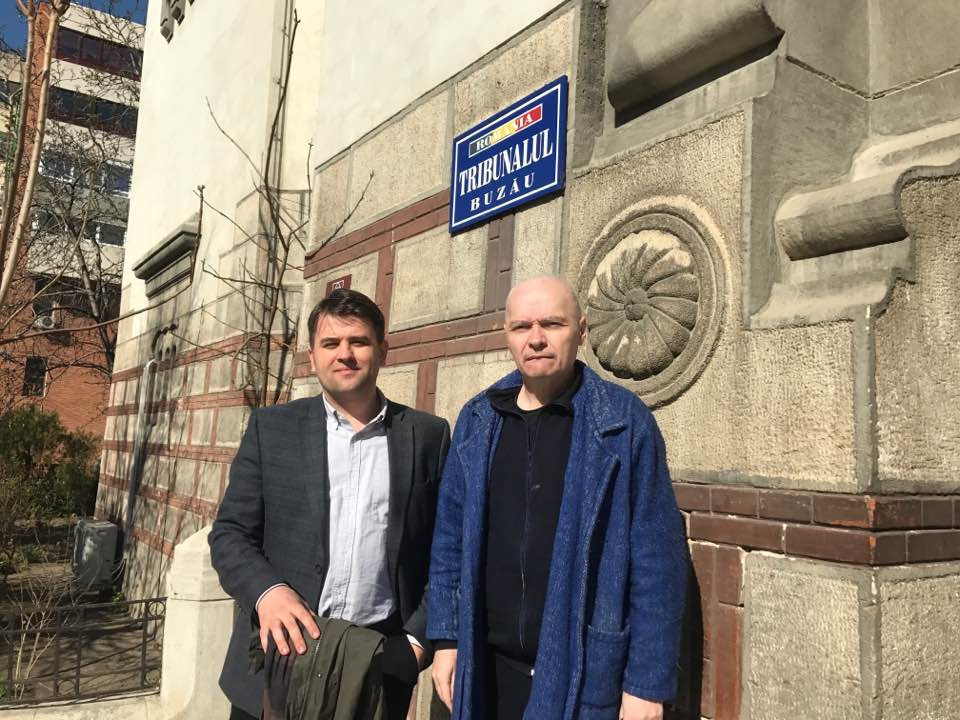Legal gender recognition in Lithuania: steps towards ensuring respect for the private life of transgender persons
/By Andrė Jurgaitė Project coordinator, Human Rights Monitoring Institute, Chairperson of Trans Autonomija
Andrė Jurgaitė
Introduction
On 31 December 2021, Lithuania’s Minister of Justice signed an order which introduced, for the first time, an administrative procedure for transgender persons to change their legal name at the civil registry office, upon presenting proof of a psychiatric ‘transsexualism’ diagnosis. Before this, due to a legal gap in Lithuanian legislation, transgender persons could only change their legal name, together with gender marker and personal identification number, through a court procedure.
This is one of the positive steps forward taken by Lithuanian authorities since the European Court’s of Human Rights (ECtHR) judgment in the case L v Lithuania (2007). However, despite ongoing efforts, to this day legislation regulating legal gender recognition has not been adopted, leaving many transgender persons in Lithuania in a gray area of legal uncertainty.
L. v. Lithuania judgment and implementation
Although the Lithuanian Civil Code recognizes the right of an unmarried adult person to change their gender, it does not lay out the conditions and procedure for legal gender recognition.
In 2007, the Human Rights Monitoring Institute (HRMI) submitted an application on behalf of L. to the European Court of Human Rights, alleging a violation of a right to respect to private life. In its judgement in the case L. v. Lithuania, which became final in 2008, the ECtHR held that by failing to pass the necessary legislation regulating the conditions and procedure for gender reassignment surgery and legal gender recognition, the State of Lithuania did not fulfil its positive obligation to ensure respect for private life (violation of Article 8 of the European Convention on Human Rights).
Since the judgment became final, HRMI, together with the National LGBT Rights Organization LGL have been actively involved in monitoring and promoting the implementation of the L. v. Lithuania judgment.
Vilnius Pride 2020, Andrė Jurgaitė
For example, in 2013, HRMI, together with LGL, ILGA-Europe and Transgender Europe (TGEU) submitted a briefing under Rule 9.2 of the Committee of Ministers for supervising the execution of ECtHR judgments, requesting that, if there is no rapid progress with implementation, consideration be given to monitoring the case under the enhanced supervision procedure. In 2014, the Committee of Ministers of the Council of Europe transferred the case to the enhanced supervision procedure.
In 2017, HRMI and LGL representatives also participated in the working group, established by the Ministry of Justice, responsible for the drafting of the Draft Law on Recognition of Gender Identity. That same year, LGL was also helping a number of transgender persons change their documents through domestic courts, which facilitated the evolution of domestic case law.
The involvement of the civil society in the monitoring and promotion of the implementation process has definitely aided in achieving some progress in ensuring the rights of transgender persons, even when political will in the State institutions was lacking.
While there had not been much direct involvement of the Lithuanian transgender community in the dialogue with State institutions until recently, the last few years have seen more active organizing among transgender persons in Lithuania. At the end of last year, the first trans-led trans rights and mutual support association “Trans Autonomija” was founded. In April 2022, “Trans Autonomija”, together with TGEU, HRMI and LGL, also drafted a joint submission based on Rule 9.2 of the Rules of the Committee of Ministers for the supervision of the execution of judgments and in response to the updated action plan on the execution of the judgment in the case L. v. Lithuania.
Domestic case law – filling the legal gap
Since 2017, Lithuania’s domestic courts have developed case law according to which one’s gender identity can be legally recognized through a court procedure, main requirements for it being a psychiatric diagnosis and the applicant’s self-identification with a particular gender. No surgery or medical sterilisation is required. However, this judicial procedure for legal gender recognition is not accessible to many transgender persons, due to both material and procedural factors – including the psychiatric diagnosis requirement, the costs of legal representation, lack of information on the court procedure and the legal implications after a positive court decision, etc.
A positive aspect of the domestic case law is that it is dynamic and changing – for example, despite the fact that the Civil Code only mentions the possibility of gender reassignment for adults, in April 2021 a request submitted on behalf of a minor was also granted.
Implementation efforts by the government
In 2017, a Draft Law on Recognition of Gender Identity was prepared by the Ministry of Justice; however, it received strong opposition from a group of Members of the Parliament (MPs), who in response registered a draft amendment to the Civil Code that would prohibit gender reassignment. Due to this backlash and a lack of political will, the draft law never reached the Parliament.
However, since then some positive steps forward have been taken by the Lithuanian authorities. In 2019-2020 the ‘transsexualism’ (F64.0, ICD-10) diagnosis was removed from the list of diseases precluding taking up certain legal positions. In 2020, amendments to the orders of the Minister of Education, Science and Sports were adopted, enabling transgender persons who had undergone the process of legal gender recognition to amend entries in their diplomas and education certificates.
On 9 March 2022 an updated action plan on the L v Lithuania case was submitted by the Lithuanian government. In it, it is stated that “among the legislative priorities in the programme of the new Government the preparation of the legal acts aiming to guarantee the execution of the judgments of the European Court of Human Rights is included”, and the legal acts necessary for the execution of the Court's judgment in L. v Lithuania case must be prepared by the end of 2023.
The updated action plan states that the necessary amendments of the Civil Code with a view of removing the existing legal gap regarding legal gender recognition are being prepared. The draft diagnostic and health care protocol for transgender persons has been submitted for consultations and is currently also being reviewed. It will not concern gender reassignment surgeries, which are to this date still not available in Lithuania, but it will regulate the necessary healthcare services “in the context of psychiatric, psychological assistance and hormone therapy”.
New administrative name change procedure for transgender persons
The already mentioned amendments to the legal name change procedure, introduced by the Ministry of Justice of Lithuania, came into force in February 2022. As Lithuanian names are strictly gendered and must correspond to an individual’s legal gender, the option to change one’s legal name into one associated with a different gender is an important part of social transition for trans persons in Lithuania. However, to change one’s gender marker and personal identification code, which also indicates the person’s legal gender, a court procedure is still necessary. As this change is very recent it is difficult to say what difficulties, if any, may arise for a person whose legal name does not correspond to their legal gender.
As for the requirements, only adult, unmarried persons who are able to present a certificate issued by a Lithuanian healthcare institution, or by a healthcare institution of a Member State of the European Union, on the diagnosis of “transsexualism”, to the civil registry office, are able to change their names through this procedure.
Since this new administrative procedure entered into force, at least five applications have been granted. “Trans Autonomija” has received testimonies from three transgender persons who applied for a name change through the new procedure – two persons who had a positive outcome, and one who received a notification from the civil registry office that their request was not granted.
The two persons who got a positive outcome said that they were currently waiting for new ID documents. One of them noted that even though they already had the psychiatric diagnosis, they had to request a different form to be filed by the healthcare institution in order to access the new name change procedure. They have also mentioned that other than receiving an automatic email telling them that their request has been granted, there was no follow-up or further instruction on what further steps needed to be taken afterwards to apply for new ID documents, if any. Eventually they went to the Migration office (which is responible to issue new documents after the name has been changed at the civil registry office) and were able to successfully apply for new documents to be issued.
The third person who applied for a name change at the civil registry did not have their request granted due to the requirements regarding the medical certificate concerning the ‘transsexualism’ diagnosis. As only a specific form (form 046/a) of a medical certificate is accepted as proof of the ‘transsexualism’ diagnosis (if issued by a Lithuanian healthcare institution – certificates from other EU members’ healthcare institutions are also accepted), a different form/type of certificate with the same diagnosis was not accepted, they said.
Diagnosis requirement
This last example illustrates one of the many issues with the diagnosis requirement – currently there is no uniform and transparent diagnostic procedure, which can be an additional obstacle to legal gender recognition and/or legal name change. As long as the diagnostic and health care protocol is not approved, the diagnostic process varies from specialist to specialist, with some issuing a diagnosis after one or two visits, and others requiring additional tests and visits, which can prolong the whole process to take a year or longer.
In December 2021, a roundtable discussion on legal gender recognition took place, organized by the Council of Europe SOGI department together with the Lithuanian Ministry of Justice. During it, members of the trans community expressed their worries that the new diagnostic and treatment protocol for ‘Gender Identity Disorder’ could possibly prolong and make more difficult the diagnostic procedure for accessing the psychiatric diagnosis, which is currently needed for both medical transition procedures and legal gender recognition. Both the members of the trans community and the representatives of the Ministry of Health agreed that it is important to ensure that the draft diagnostic and treatment protocol for ‘Gender Identity Disorder’ does not make it more difficult to access the diagnosis currently needed for legal gender recognition, as well as medical transition procedures.
Conclusion
According to Recommendation CM/Rec (2010)5 of Committee of Ministers on measures to combat discrimination on grounds of sexual orientation or gender identity by Council of Europe Member States, CoE member states “should take appropriate measures to guarantee the full legal recognition of a person’s gender reassignment in all areas of life, in particular by making possible the change of name and gender in official documents in a quick, transparent and accessible way”. Unfortunately, at the moment legal gender recognition for transgender persons in Lithuania is neither quick nor transparent or accessible.
While the newly introduced administrative legal name change procedure demonstrates the willingness of the Lithuanian government to guarantee the execution of the ECtHR judgment in the case L. v. Lithuania and ensure respect for the private life of transgender persons, it is far from sufficient.
The legislation that would regulate the administrative procedure for the legal gender recognition and ensure access to the necessary medical transition procedures has not been adopted yet. The draft diagnostic and health care protocol for transgender persons, which would regulate the diagnostic procedure and access to hormone replacement therapy, is supposed to be adopted soon. As for legal gender recognition, while the Ministry of Justice has been preparing relevant draft legislation, in the action plan in the case of L. v. Lithuania, it is mentioned that the implementation of this measure has been postponed due to the ongoing efforts to introduce into the legal system of Lithuania the institute of civil partnership. In the previous attempts to introduce such legislation, lack of support in the Parliament and lack of political will have proved to be the main obstacles.
Hopefully the current efforts to ensure respect for the private life of transgender persons in Lithuania will be successful, and Lithuanian authorities will continue to increase efforts to meaningfully involve the civil society representing transgender persons in the relevant processes.
